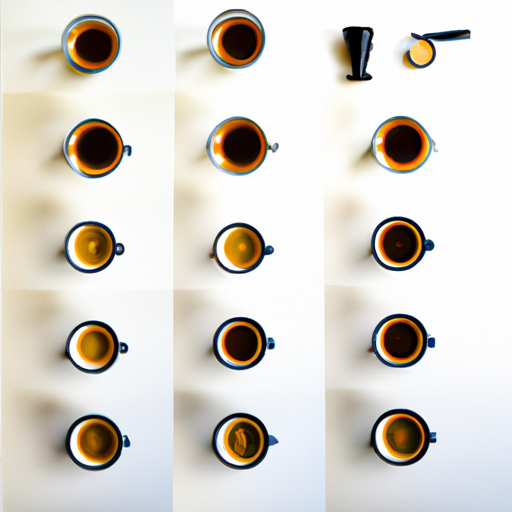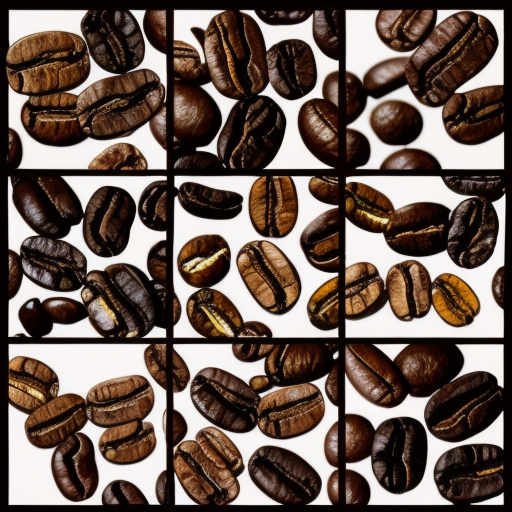For coffee lovers everywhere, there is nothing quite like that first cup of coffee in the morning. But did you know that the type of coffee you drink can actually make a difference in how much caffeine you’re getting? That’s right, light and dark roast coffee beans have different caffeine levels. So which one should you choose if you’re looking for a little extra pep in your step? Let’s take a closer look.
Light Roast Coffee Beans
Light roast coffee beans are roasted for a shorter period of time than dark roast beans. This results in a lighter colored bean with a milder flavor. Because they are roasted for less time, light roast beans actually have more caffeine than their dark roast counterparts. So if you’re looking for an extra energy boost in the morning, light roast coffee is the way to go.
Dark Roast Coffee Beans
Dark roast coffee beans are roasted for a longer period of time than light roast beans. This results in a darker colored bean with a bolder flavor. While they may not have as much caffeine as light roast beans, dark roast beans make up for it with their rich flavor profile. So if you’re looking for a robust cup of coffee with plenty of depth, dark roast is the way to go.
At the end of the day, it’s up to you to decide which type of coffee bean is right for you. If you’re looking for a little extra energy in the morning, go for light roast. If you’re looking for a rich and flavorful cup of coffee, go for dark roast. And if you can’t decide, why not try both and see which one you like best? After all, there’s nothing wrong with enjoying a cup of both light and dark roast coffee every once in awhile.
All this talk of beans, don’t forget you can grind your own so you can play with the grind and deepness of the bean to find the flavor and wake up power that suites your needs. Please note that if you purchase from clicking on the link, some will result in my getting a tiny bit of that sale to help keep this site going.



